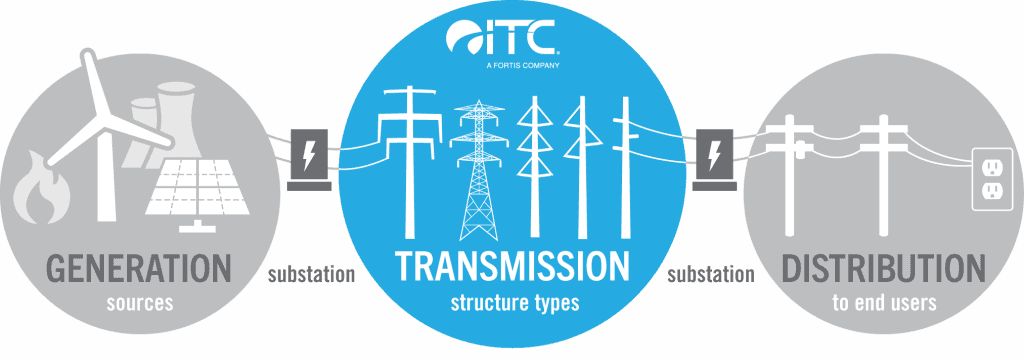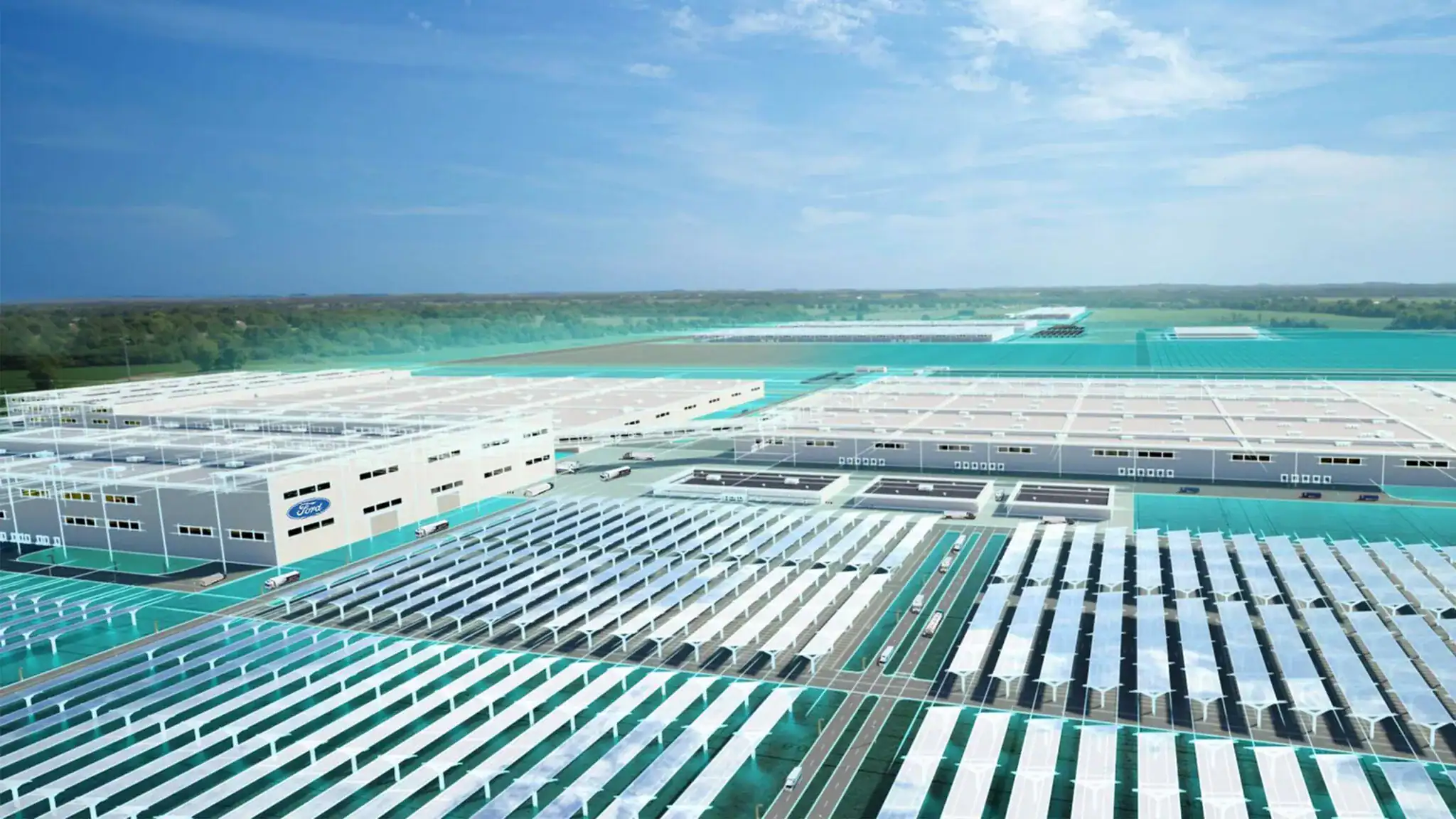NEW YORK – Exxon Mobil, a global energy leader, is making a significant stride towards the Low-Carbon Hydrogen Project for America’s Clean Energy Future.
This groundbreaking initiative is a strategic response to the increasing demand for sustainable fuels in industries and transportation. As the project progresses, it will not only create new jobs and economic opportunities but also contribute to America’s energy independence.

1. The Science Behind Hydrogen as a Clean Fuel Source
Hydrogen, the lightest element on the periodic table, has long held promise as a clean fuel source. Discovered in the 1830s, its potential for energy production lies in the “fuel cell effect” – a chemical reaction that combines hydrogen and oxygen to release energy and water vapor. Unlike traditional fossil fuels, hydrogen produces no harmful emissions, making it a promising alternative for a cleaner future.
One concern about using hydrogen as a clean energy source is whether or not there is enough hydrogen to last forever. Technically, hydrogen is a renewable resource, even though it doesn’t occur by itself in nature. There are a few different ways to create individual hydrogen atoms. These techniques are:
- Natural gas reforming
- Electrolysis
- Biological processes
- Solar-driven processes
The most common method today is natural gas reforming, a process that involves extracting natural gas from the Earth and combining it with steam to yield hydrogen.
2. Exxon Mobil’s Groundbreaking Low-Carbon Hydrogen Facility in Baytown:
Exxon Mobil is spearheading the hydrogen fuel revolution in the United States. The energy giant has constructed a state-of-the-art hydrogen refinery in Baytown, Texas, with the ambitious goal of producing a staggering 1 billion cubic feet of hydrogen for both domestic consumption and international markets.
3. Exxon Mobil’s Commitment to Sustainable Energy
Committed to minimizing its environmental impact, Exxon Mobil is striving to reduce carbon emissions at its hydrogen facility. While the company currently employs the natural gas reforming process to produce hydrogen, which inevitably results in some greenhouse gas emissions, it is actively exploring innovative solutions to mitigate this impact.
4. Role of Exxon and Air Liquide Partnership in America’s Clean Energy Future:
Exxon Mobil is teaming up with Air Liquide to reduce its carbon footprint while ramping up the production of hydrogen and ammonia, a key component in transporting clean hydrogen. Air Liquide is vying to build oxygen production facilities, and Exxon could also tap into its partner’s existing pipeline network.
While solar and wind power hold immense potential for meeting the world’s daily energy needs, heavy industries and transportation sectors face unique challenges when transitioning to clean electricity. Large-scale transportation vessels and industrial machinery require a clean fuel source to maintain operations. Hydrogen emerges as a promising solution for these sectors.
5. Benefits of Low-Carbon Hydrogen Fuel:
- Reduced Greenhouse Gas Emissions: Hydrogen fuel cells produce electricity without emitting harmful pollutants like carbon dioxide, sulfur oxides, or nitrogen oxides, making them a cleaner alternative to fossil fuels.
- Improved Air Quality: Hydrogen vehicles contribute to cleaner air and reduced smog, especially in urban areas.
- Mitigation of Climate Change: Hydrogen fuel can help fight global warming and climate change by reducing carbon emissions.
6. Hydrogen vs Traditional Fuels: A Comparative Analysis
Unlike fossil fuels, which release harmful greenhouse gases when burned, hydrogen produces only water vapor as a byproduct. This makes hydrogen a promising option for reducing carbon emissions and mitigating climate change.
However, the transition to a hydrogen economy faces several challenges. One major hurdle is the infrastructure required to produce, store, and transport hydrogen. Additionally, the current cost of producing hydrogen from renewable sources is higher than that of traditional fuels.
Despite these obstacles, ongoing research and development efforts are making significant strides in addressing the challenges associated with hydrogen. As technology advances and costs decrease, hydrogen could play a crucial role in achieving a more sustainable and cleaner energy future.
Summing up Exxon Mobil’s Low-Carbon Hydrogen Fuel Initiatives
Energy giant Exxon Mobil is making a strategic shift towards a more sustainable future. The company is investing significantly in hydrogen production, aiming to supply clean hydrogen fuel to transportation companies and industries.
Despite regulatory hurdles, Exxon Mobil remains committed to its hydrogen production project at its Baytown, Texas refinery. While initially relying on natural gas reforming, the company is implementing measures to significantly reduce greenhouse gas emissions, ensuring the facility aligns with low-carbon standards. This initiative demonstrates Exxon Mobil’s commitment to contributing to a cleaner planet without exacerbating the climate crisis.
Would you like to get exclusive daily industrial scoops? Visit mitechnews.com or subscribe to our newsletter today!
FAQs:
1. What is blue hydrogen, and how does it differ from other types?
Blue hydrogen is produced from natural gas with carbon capture and storage technology. It’s considered a low-carbon alternative to gray hydrogen, which is produced without capturing emissions3.
2. What industries will benefit from Exxon Mobil’s hydrogen production?
The project aims to provide low-carbon hydrogen for heavy industries, power generation, and transportation sectors, helping them reduce their carbon footprint34.
3. When is the Baytown hydrogen facility expected to be operational?
The facility is planned to start up in 2027-2028, subject to final investment decisions, supportive government policy, and necessary regulatory permits12.
4. What are the potential economic impacts of Exxon Mobil’s hydrogen project?
While specific economic impacts aren’t detailed, the project is expected to create jobs, drive technological innovation, and potentially establish the U.S. Gulf Coast as a hub for low-carbon hydrogen production.






